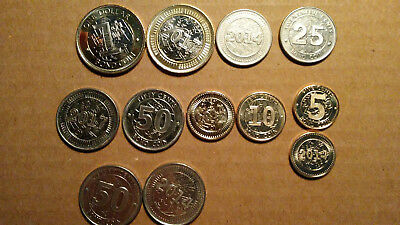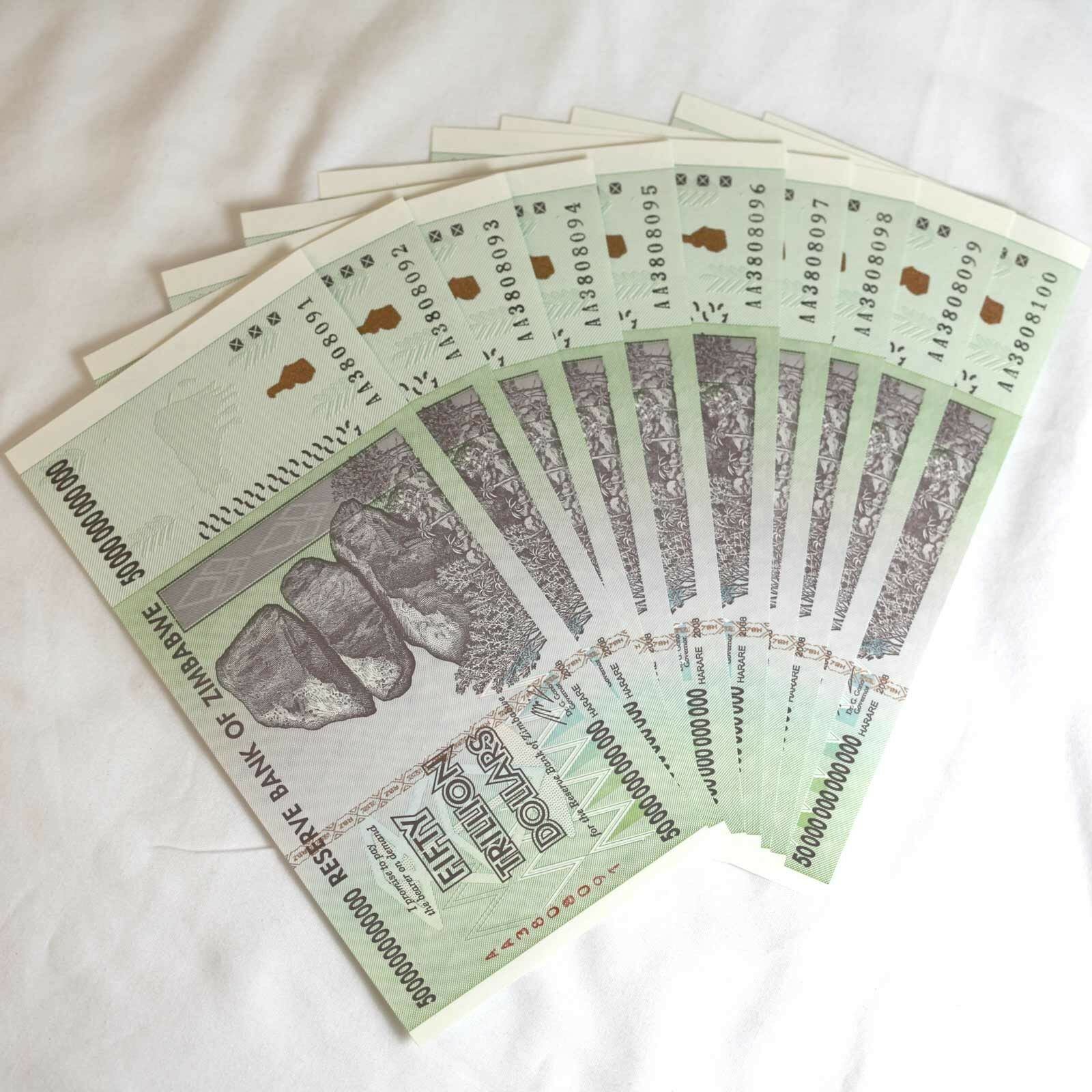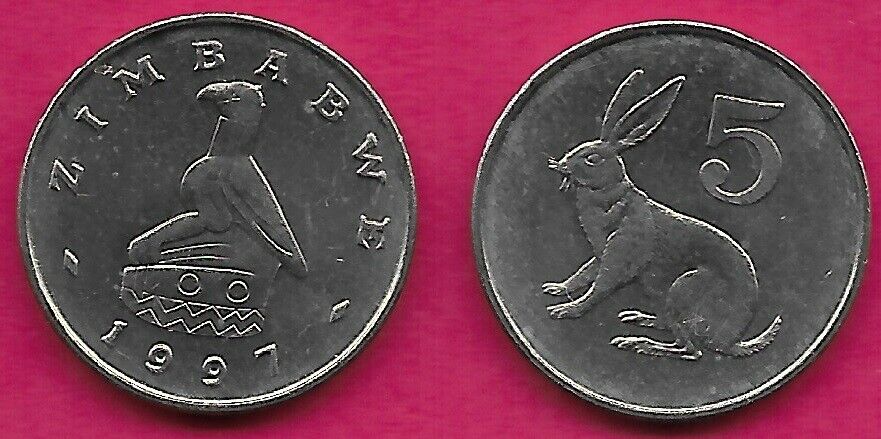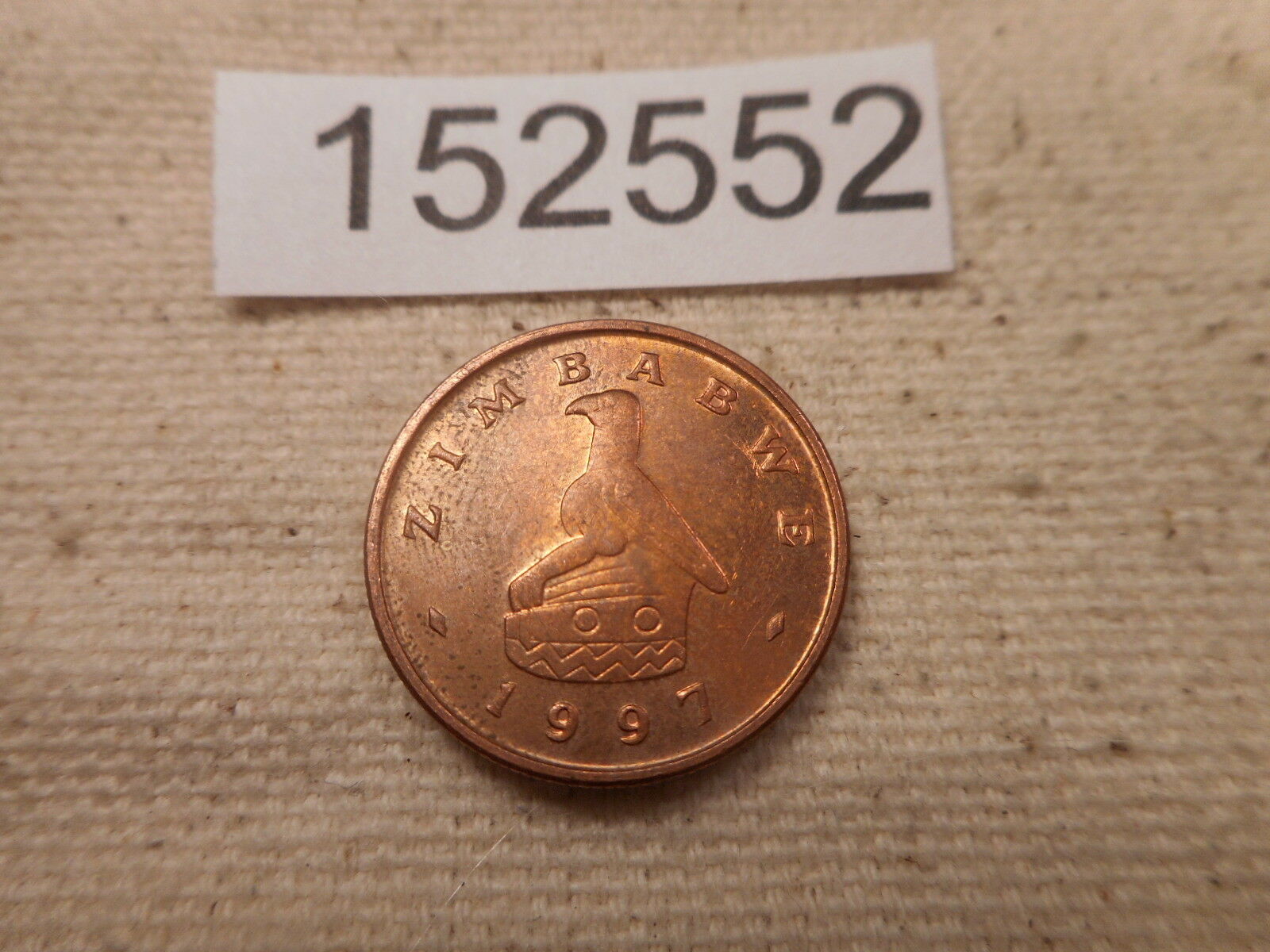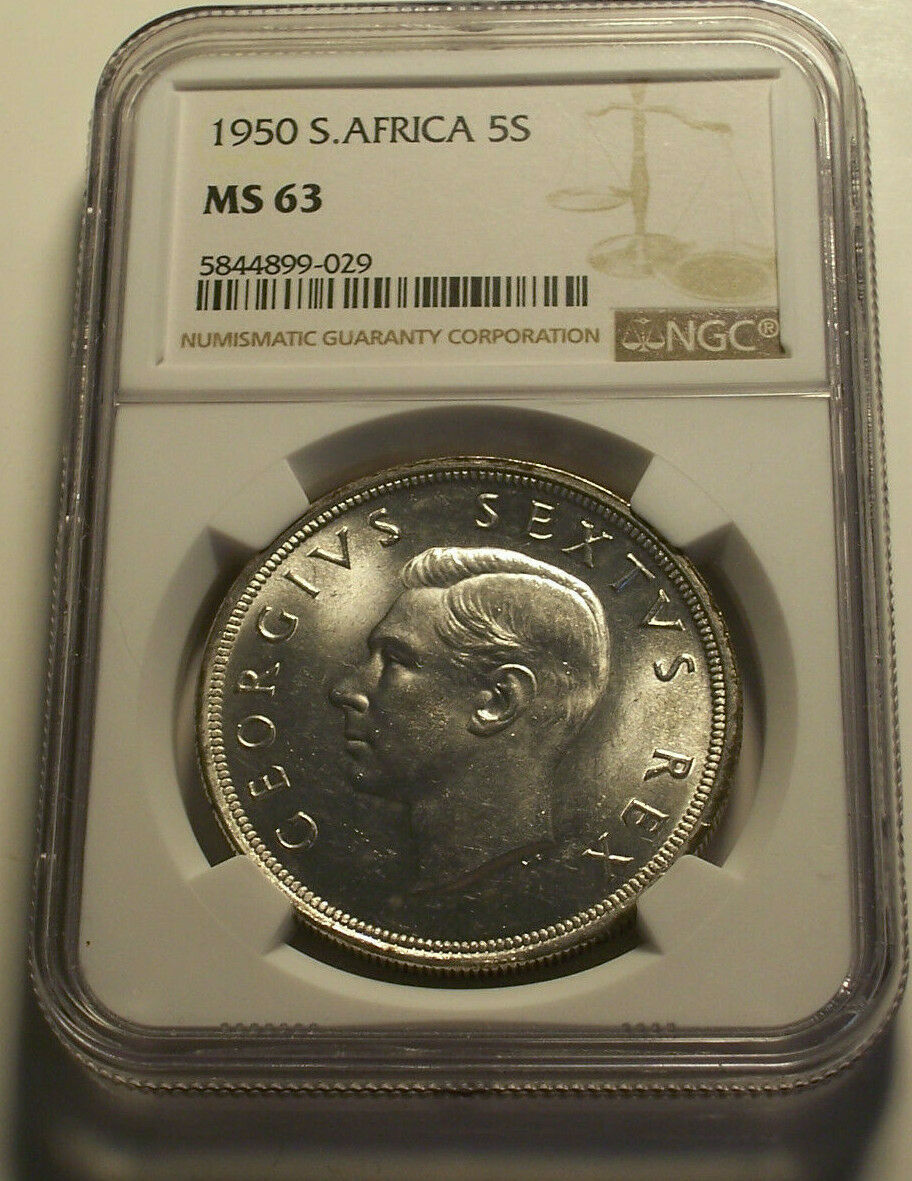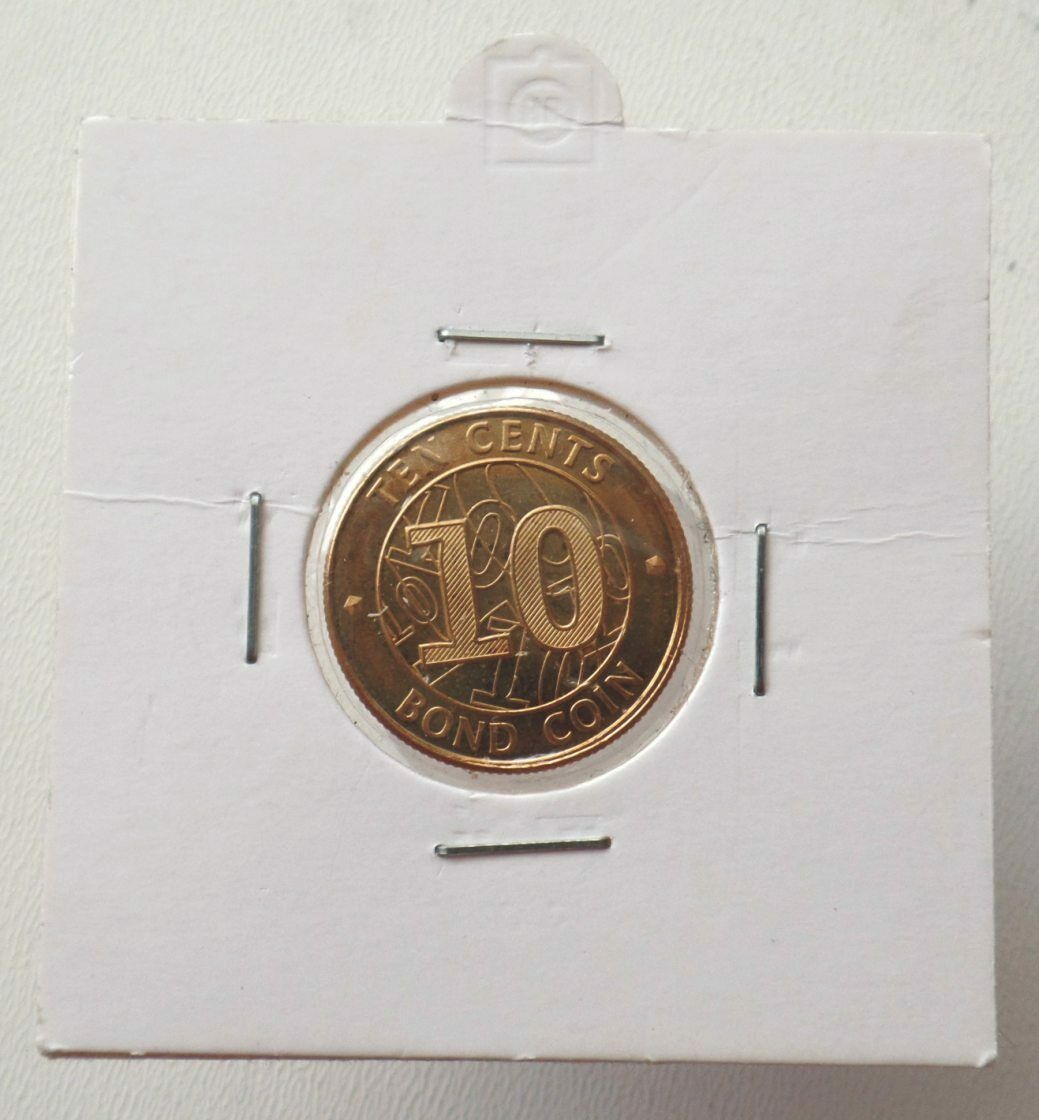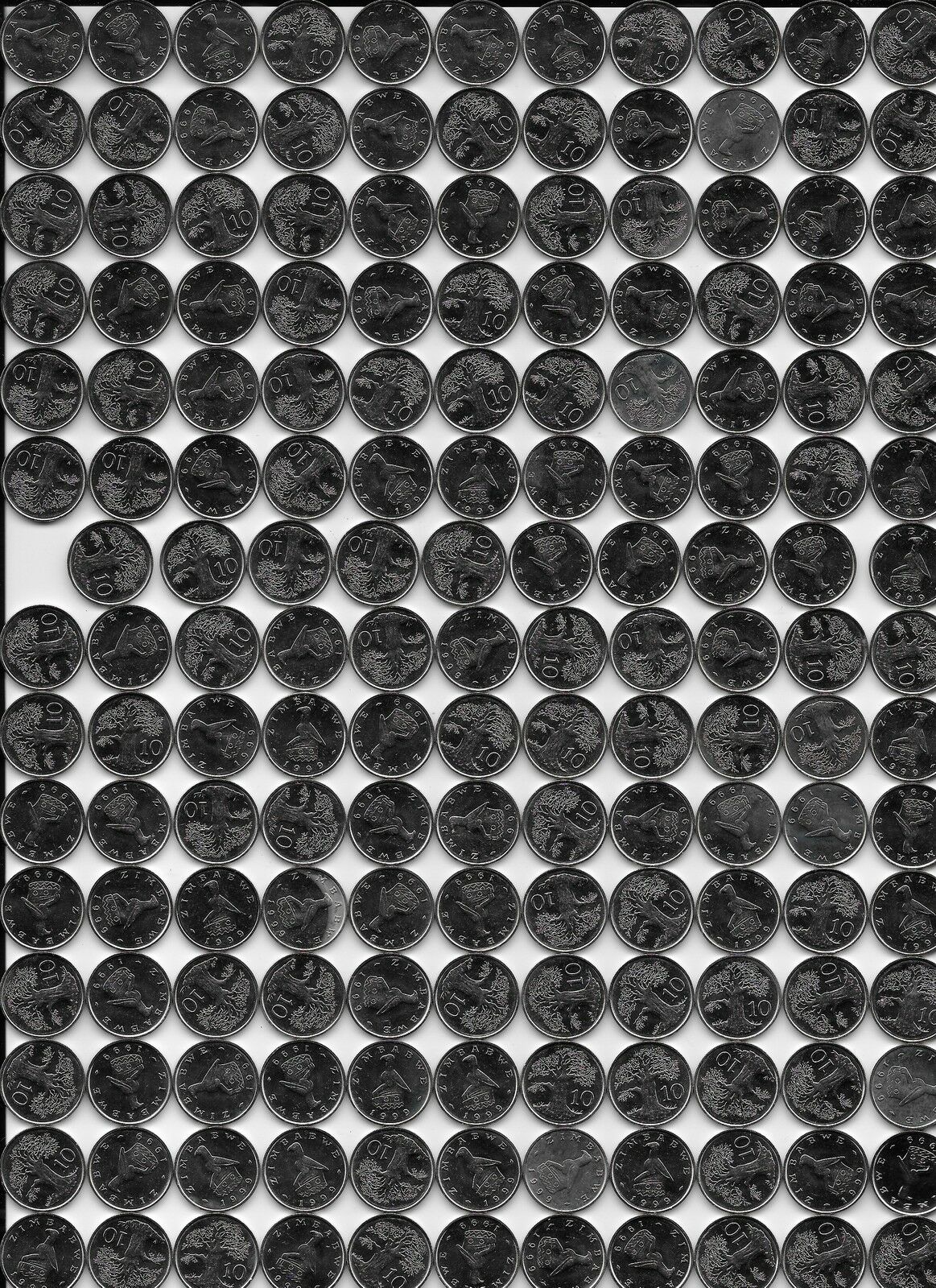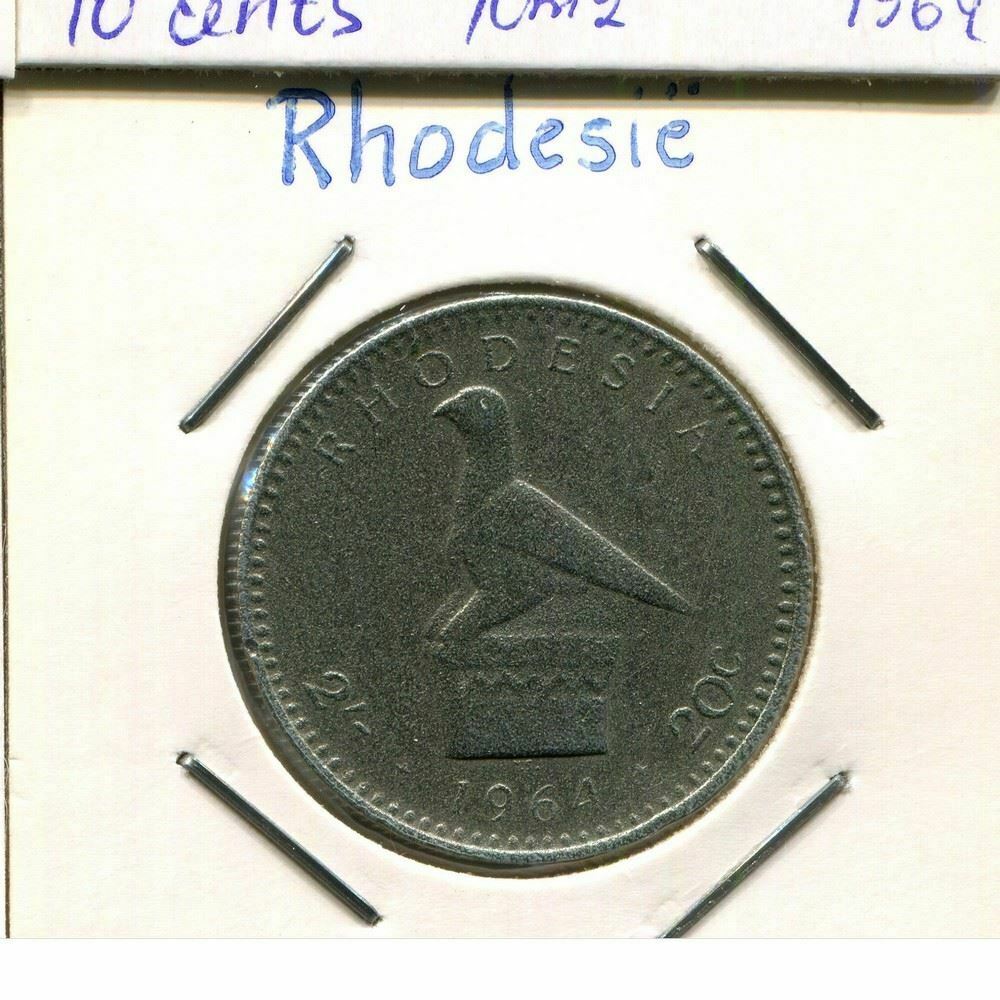-40%
Zimbabwe 50 20 10 5 1 trillion dollar banknotes 2008 full set UNC new bills
$ 56.67
- Description
- Size Guide
Description
Issued for the Reserve Bank of Zimbabwe in Harare, these rare hyperinflation banknotes are currently out of print and withdrawn from circulation.Please note: This is an archive image. The banknotes you receive may have different serial numbers than the banknotes pictured.
All bills come
secured between the solid sheets of corrugated cardboard in a padded envelope.
Terms used by us to rate banknotes
UNC - Uncirculated
perfect condition, never used.
AU - Uncirculated approx
,
A
practically perfect grade, with some minor handling.
EF -
Very fine
, some faint folds or wrinkles or a strong wrinkle. Sharp edges of the banknote may be slightly rounded.
VF -
Very good
, could have some wrinkles but the grade should still be crisp and has very little lot of stains.
shipping
payment
:
PayPal is preferred as payment method. Items will be shipped to your registered PayPal address.
Processing time:
We ship worldwide from Lithuania, Europe. Items are usually dispatched the same business day or at the latest within 24 hours after receiving cleared payment.
excluding weekends and national holidays. Purchases made outside of business hours, weekends and holidays will be processed the following business day.
Shipping:
The shipping cost is . Shipping
Is
calculated automatically during the payment process.
You can also choose the UPS express shipping option during the checkout process for an additional fee. The UPS delivery time is 2
–
5 days.
Delivery:
US buyers should expect delivery within 5-20 business days; Buyers in Europe should expect delivery within 5
–
10 business days.
Returns &
Refunds:
If you are not satisfied with your purchase, please contact us within 30 days of receipt of shipment.
Items must be returned in their original condition at buyer's expense. We guarantee a replacement or 100% refund.
Should you need to order a larger quantity or quote a different price than what is shown in our listing,
Please do not hesitate to contact us via Ebay message.
History of hyperinflation in Zimbabwe
Hyperinflation occurs whenever a country's currency is created at a rate that is too high. Money eventually loses its power and value because it is too plentiful. The history of hyperinflation in Zimbabwe is long and one of a government slowly derailing.
Originally, the Zimbabwe dollar had a high value. In fact, the Zimbabwe dollar has had a higher value than the US dollar since its origins in the 1980s. The early years of Zimbabwe's economy were one of great growth and development. Various industries and crops flourished, and so did Zimbabwe's economy.
However, under the rule of President Robert Mugabe, the tide began to turn. In the early 1990s, with the help of the World Bank, Mugabe decided to create an economic structural adjustment program. This ESAP would start the gradual fall of Zimbabwe's currency.
As a result of this readjustment, the government enforced various land redistributions and land reforms. This postponement of land reform would not only contribute to the decline of the economy; Many claim Mugabe's actions were racist. Mugabe's government took land from white farmers and redistributed it to black farmers to right the injustices of colonialism. What Mugabe's government didn't know was that many of these black farmers were unwilling to tend to the new land, and so many crops and industries began to decline.
Once these various crops and industries began to fall, the rest of the domino effect began. The banking sector collapsed as soon as the farmers could no longer get credit. The food production rate fell by almost half its percentage, and therefore production rates also fell. Eventually, unemployment rose to a staggering 80% and life expectancy fell.
All these terrible consequences affected the monetary value of Zimbabwe currency for various reasons. Simultaneously with the steady decline in home life, the Mugabe government was rapidly producing money to fund its efforts with the Democratic Republic of the Congo and the Second Congo War. The government has not honestly reported its spending to the International Monetary Fund, so there has been no record of the country's imminent demise.
Aside from the war effort, there were several other reasons for the eventual hyperinflation of the Zimbabwean currency. Due to the corrupt government, many officials were overpaid and people had no confidence in their government's abilities. This disloyalty towards a country's government tends to undermine confidence in the currency.
The timeline of currency hyperinflation in Zimbabwe
Follow this timeline for a glimpse of the time it took for Zimbabwe's currency to collapse.
April 1980
The very first Zimbabwean Dollar is created to replace the Rhodesian Dollar. A number of Zimbabwean banknotes are issued. These denominations range from to .
1994
–
2006
The Reserve Bank distributes many different bills ranging from to 0. Once inflation begins to hit the country's economy, the currency begins to lose strength and hence the 0 and ,000 are issued between 2001 and 2005. By 2006, Zimbabwe welcomed the introduction of the ,000 and 0,000 banknotes.
1. Aug 2006
Government begins attempting currency reform to curb inflation. The new denomination of the Zimbabwe dollar eliminates three zeros from the old dollar; Therefore, the second Zimbabwe dollar will be revalued to one dollar, which would be equivalent to ,000 in the old currency.
1. July 2007
About a year later, the government creates the 0,000 bill. According to the official exchange rate, this extremely large Zimbabwe currency was worth around .00 in US dollars.
31 December 2007
Towards the end of the year, the government issues the 0,000 bill. This currency was worth about .00 in US currency.
1. January 2008
The next day the government introduces the million, million, and million.
2. April 2008
The million and million bills are introduced. Here are a few prices that were common during that era: a t-shirt cost around 6.5 million and a pair of colors could cost .65 billion. Local produce that sells by the millions and two beers and a bottle of water would cost you around billion.
2. May 2008
Annual inflation now tops 100,000% and the 0 million, 0 million, and 0 million bills are introduced.
15 May 2008
A few days later, the billion, billion, and billion bearer notes are introduced.
1. July 2008
On this day, the 0 billion bill is introduced, and with that bill, everyone would buy about three eggs.
1. Aug 2008
The government is now making another attempt at currency reform by eliminating ten zeros from every Zimbabwe dollar. The third Zimbabwe dollar is now worth 10 billion old dollars - the second Zimbabwe dollar. However, despite this new implementation, inflation continues to rise.
29 Sep 2008
The new ,000 and ,000 bills are introduced.
13. October 2008
The new ,000 bill is issued.
5. Nov 2008
The 0,000 and 0,000 bills are printed.
4. December 2008
The government issues it
1 million dollars
,
10 million dollars
,
50 million dollars
, and the
100 million dollars
Dollar banknotes.
14 December 2008
About ten days later, the government is slowly issuing the new banknotes
200 million dollars
And
500 million dollars
. Five days later, the government issued the
1 billion dollars
,
5 billion dollars
And
10 billion dollars
Bills.
12. January 2009
The new
20 billion dollars
And
50 billion dollars
Invoices are introduced.
16 January 2009
The government hits new highs with the introduction of these new banknotes: the
10 trillion dollars
,
20 trillion dollars
,
50 trillion dollars
and even the
100 trillion dollar bill
.
3. February 2009
The Reserve Bank of Zimbabwe adopts and introduces the fourth Zimbabwe dollar, which eliminates twelve zeros from old banknotes. This makes trillion equal to one new dollar. The new denominations issued are: , , , , , 0 and 0; However, many are beginning to adopt foreign currencies such as the US dollar and South African rand. Zimbabwe's currency is obsolete and no longer used.






